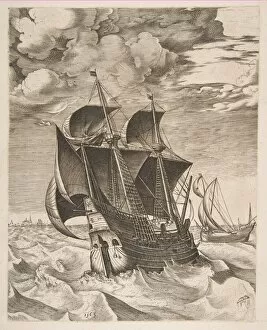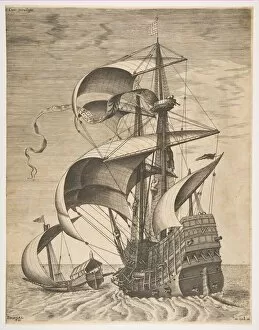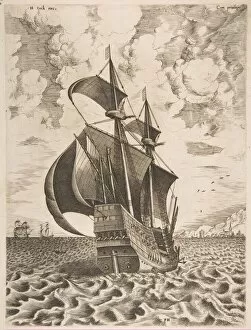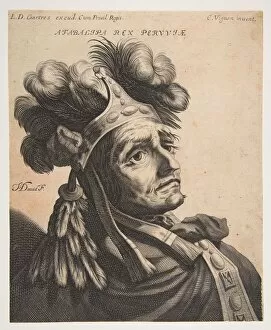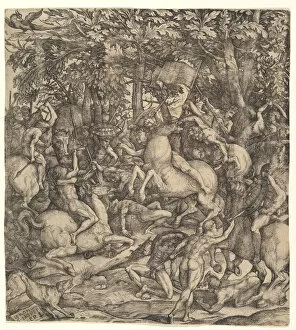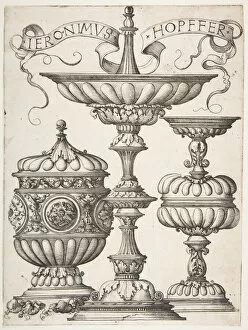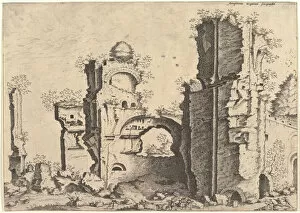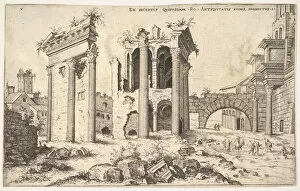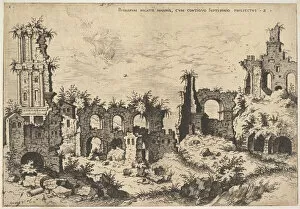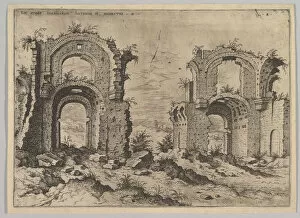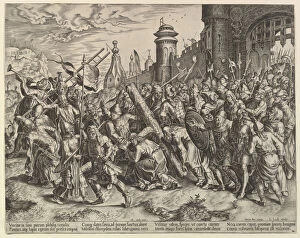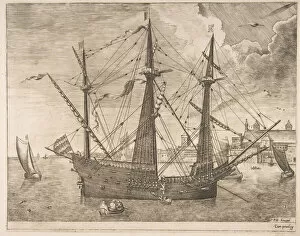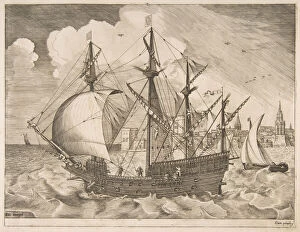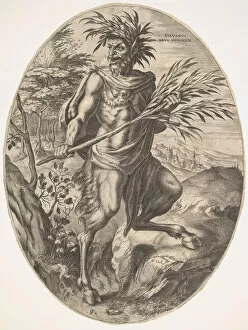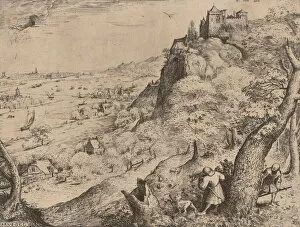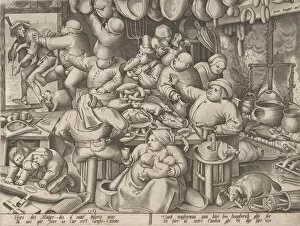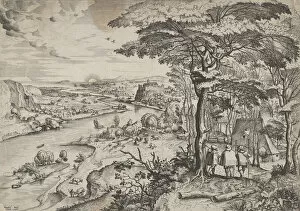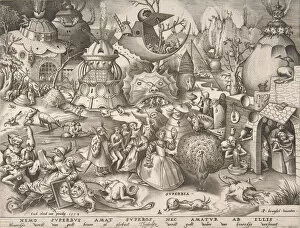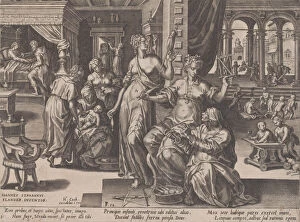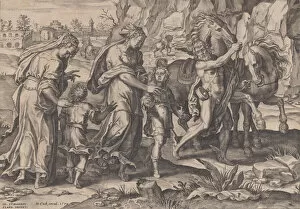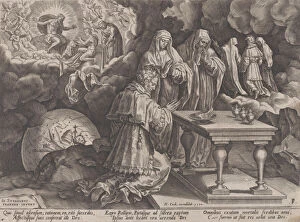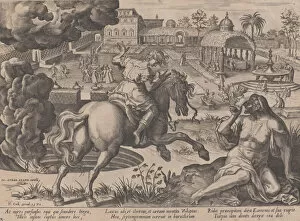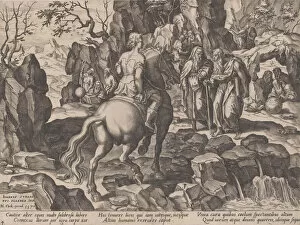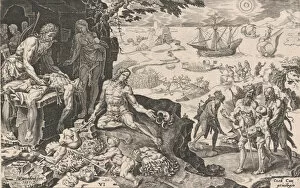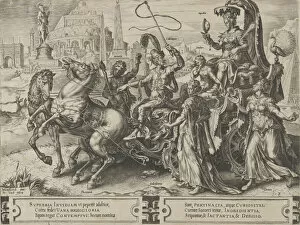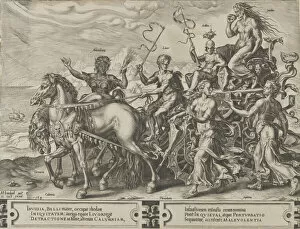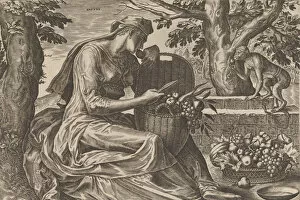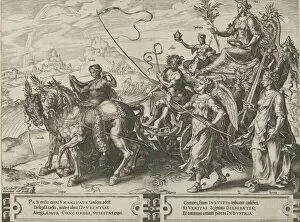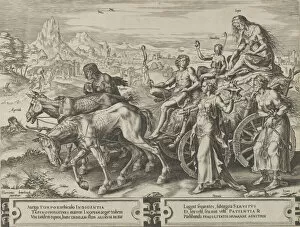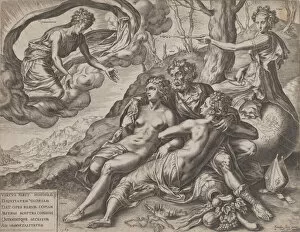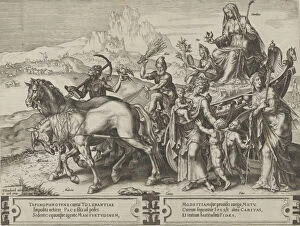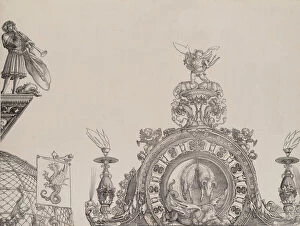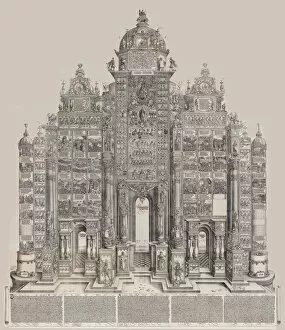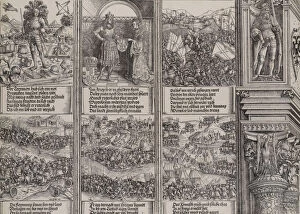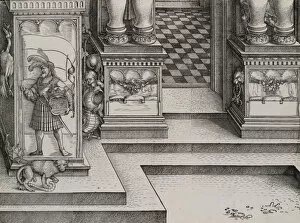Hieronymus Collection (page 3)
Hieronymus, also known as Hieronymus Van Aeken or Bosch, was a renowned artist born in 1450 and passed away in 1516
For sale as Licensed Images
Choose your image, Select your licence and Download the media
Hieronymus, also known as Hieronymus Van Aeken or Bosch, was a renowned artist born in 1450 and passed away in 1516. He is best known for his extraordinary works that showcased intricate details and imaginative themes. One of his notable pieces is "Saint Jerome in his Study, " created around 1475 by Antonello da Messina. This artwork depicts Saint Jerome, a prominent figure in Christianity, engrossed in deep contemplation within the confines of his study. Another masterpiece attributed to Hieronymus is "The Garden of Earthly Delights. " This triptych painting features a surreal depiction of paradise, earthly delights, and hell. The left side of the central panel portrays peasants joyfully dancing around a linden tree, capturing the essence of merriment and celebration. In addition to painting, Hieronymus's talent extended to engravings as well. One such engraving called "Patience" was created by Pieter van der Heyden in 1557. It showcases an allegorical representation of patience through various symbolic elements. Furthermore, another engraving titled "Pride" from "The Seven Deadly Sins" series was also crafted by Pieter van der Heyden in 1558 under the influence of Hieronymus's style. It explores the sin of pride with vivid imagery and thought-provoking symbolism. Throughout history, artists have been inspired by Hieronymus's work. In ca 1606 and ca 1608 respectively, two different renditions titled "Saint Jerome" were created showcasing their interpretation of this iconic figure. Moreover, Albrecht Durer paid homage to Hieronymus with his piece titled "Saint Jerome in his Cell. " Created during Durer's lifetime (1471-1528), it captures Saint Jerome immersed in solitude within the confines of his monastic cell. Hieronymous' legacy lives on through these remarkable artworks, which continue to captivate and intrigue viewers even today.


